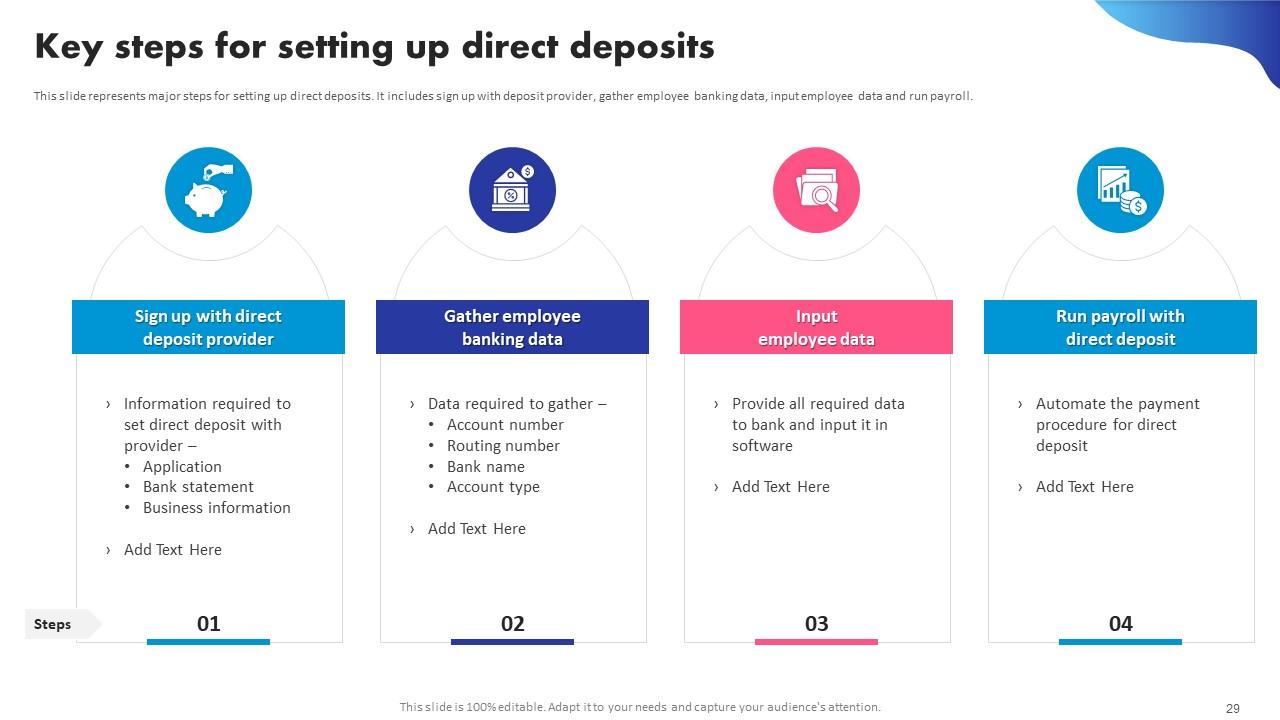Table of Contents

t1b: A manipulate ends up being energetic. t2: Most vulnerable systems have actually applied the spot. Thus the formula for the length of the home window of vulnerability is: t2 t1b. In this formula, it is constantly real that t0 t1a, and t0 t1b. Note that t0 is not the same as day no.
For typical vulnerabilities, t1b > t1a. This suggests that the software supplier was mindful of the vulnerability and had time to release a security patch (t1a) before any cyberpunk might craft a workable exploit (t1b). For zero-day exploits, t1b t1a, such that the exploit comes to be energetic before a patch is provided.
It has been recommended that a solution of this kind may run out reach due to the fact that it is algorithmically impossible in the basic instance to examine any kind of arbitrary code to identify if it is destructive: thus an evaluation reduces to the stopping problem over a straight bounded automaton, which is unresolvable.
The Definitive Guide to Security Consultants
The majority of modern-day antivirus software application still uses signatures yet also lugs out other types of analysis.

It is not always simple to identify what an area of code is intended to do, particularly if it is very complicated and has been deliberately created with the objective of beating evaluation. An additional limitation of code analysis is the time and resources readily available. In the competitive world of anti-virus software application, there is constantly an equilibrium between the efficiency of analysis and the time hold-up included.
This can be orders of magnitude quicker than examining the same code, but must withstand (and identify) attempts by the code to discover the sandbox. Common signatures are trademarks that are particular to certain practices as opposed to a certain item of malware. A lot of brand-new malware is not completely novel, but is a variation on earlier malware, or includes code from one or even more earlier instances of malware.
The Best Strategy To Use For Banking Security
Organized in a secure and robust cloud environment, Our advanced, scalable services are created to accelerate innovation and assistance monetary organizations supply the experiences customers demand currently and in the future. We provide public and personal hybrid cloud hosting services, with implementations both in our own fully repetitive and extremely available information facilities based in the United States, also on the AWS public cloud, operating 24-hour a day, 365 days a year, under the most rigorous top quality and safety requirements.
The cash conversion cycle (CCC), likewise called the web operating cycle or cash cycle, is a statistics that shares, in days, for how long it takes a business to transform the money invested in stock back into money from offering its product and services. The shorter the cash cycle, the far better, as it indicates less time that cash is bound in receivables or supply.
This statistics takes into consideration just how much time the company needs to sell its supply, just how much time it takes to gather receivables, and how much time it needs to pay its bills. The CCC is among numerous quantitative measures that help review the efficiency of a firm's operations and monitoring.
The 9-Minute Rule for Banking Security
One need to keep in mind that CCC applies only to pick fields depending on supply management and related operations. The cash conversion cycle (CCC) is a metric that shares the size of time (in days) that it takes for a company to convert its investments in stock and other resources into capital from sales.
g., year = 365 days, quarter = 90) The initial phase concentrates on the existing inventory degree and stands for the length of time it will consider business to market its stock. This number is calculated by using the days inventory exceptional (DIO). A lower worth of DIO is preferred, as it indicates that the company is making sales swiftly, implying much better turnover for business.

Inventory=21(BI+EI)BI=Beginning supply, EI=Finishing inventory The 2nd stage concentrates on the current sales and stands for for how long it takes to collect the cash money produced from the sales. This figure is computed by utilizing the days sales exceptional (DSO), which divides ordinary accounts receivable by earnings each day. A lower worth is liked for DSO, which indicates that the business is able to gather resources in a brief time, subsequently improving its money position.
3 Simple Techniques For Banking Security
Accounts Receivable=21(BAR+EAR)BAR=Start AREAR=Ending AR The third stage concentrates on the existing exceptional payable for business. It takes into consideration the quantity of cash that the firm owes its current distributors for the supply and products it acquisitions, and it represents the duration in which the company should pay off those responsibilities.
Boosting sales of supply commercial is the key method for a business to make even more revenues. How does one sell extra stuff? If cash money is conveniently readily available at routine intervals, then one can produce more sales commercial, as regular schedule of capital leads to more items to make and offer.
A business can also sell items on credit score, which results in accounts receivable (AR). Cash isn't a factor up until the firm pays the accounts payable and collects the accounts receivable. Timing is thus a vital aspect of cash money management. CCC traces the life cycle of cash money utilized for service task.
All about Banking Security
CCC may not give significant reasonings as a stand-alone number for a provided duration. Analysts utilize it to track a service over multiple amount of time and to contrast the business to its rivals. Tracking a company's CCC over multiple quarters will show if it is boosting, maintaining, or intensifying its operational efficiency.
Navigation
Latest Posts
Diy Plumbing around me Portland
Diy Plumbing close to Portland, Oregon
Diy Plumbing around me Portland, Oregon